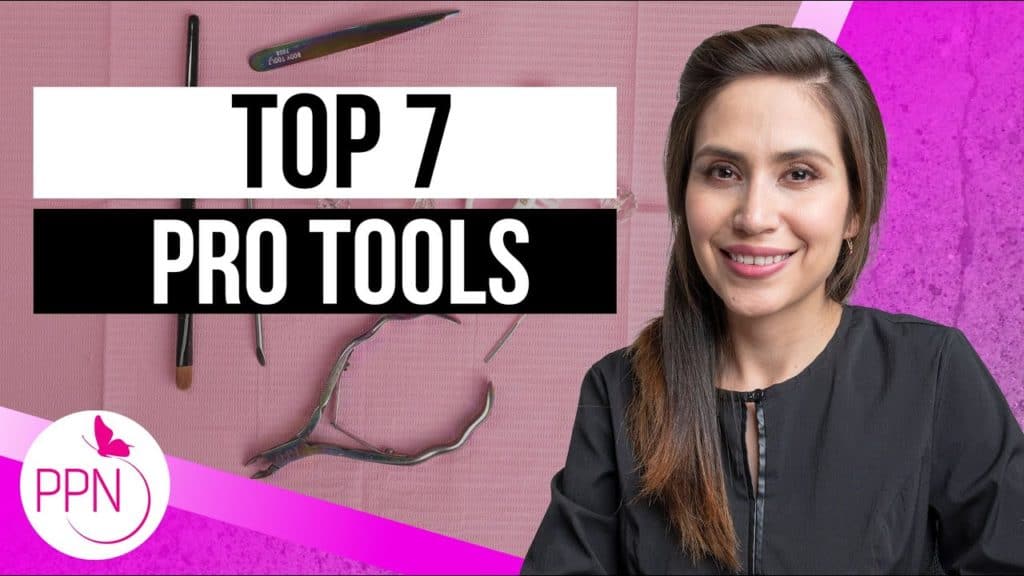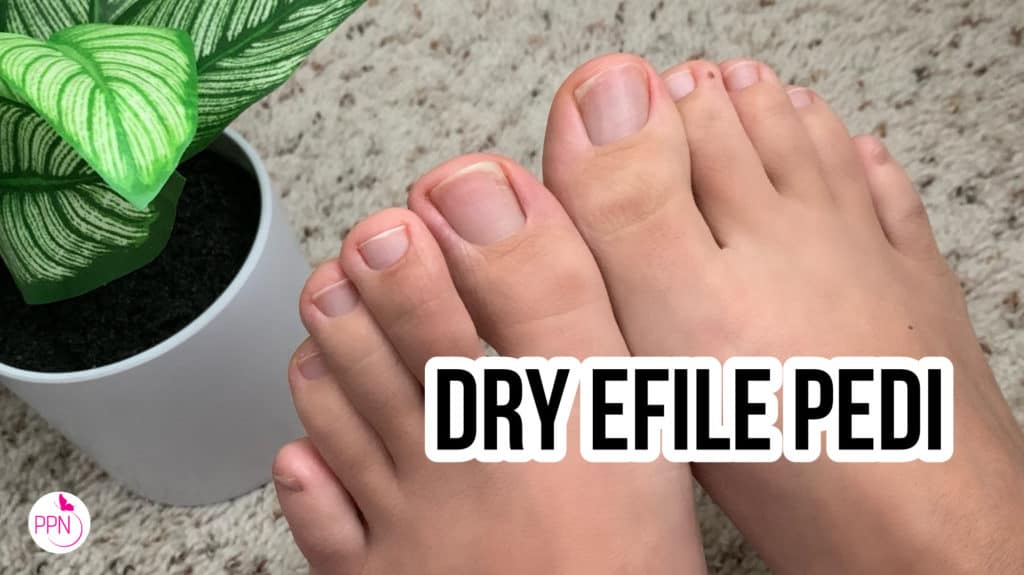When I was first getting started in the industry, I often disliked hearing (especially from manufacturers) Don’t… mix… brands… sometimes an even stronger warning: Don’t mix other brands with our products because the manufacturer cannot guarantee you its longevity.
While that is fair… as creatives we don’t want to hear that, right? I wish that those warnings were rather:
Don’t mix too many nail systems together or If you’re going to mix, stay within the same nail system, systems like hard gels with hard gel, soft gels with soft gels, liquid and powder products with liquid and powder products, etc; you get the picture.
Listen, I get it, we are creatives first; however, I also understand their perspective and support the manufacturer. If the manufacturer does not warn us that mixing products could decrease wear and/or encounter problems, can you imagine the number of questions they would get because stuff is not mixing well!?
Today we’re going to look at hard nail products vs. soft nail products and go from there to decide what typically plays well, generally speaking.
Let’s get started.
First off, I want to explain what I mean by mixing.
When I pose the question: What products can we mix together? I am not saying: measure and check the ingredient list, pour this into that… Oh, definitely not that! That should happen by a chemist in the lab.
If you want to create your own mixes with soft gel, I’ll share a little about how to safely do that when we talk about soft gel.
There is at least one safe way to play, and I’ll show you how to do it towards the end.
Ok, hard nail products. What are they?
They are acrylic nails (including liquid and powder and dip), hard gel, and poly gel. These artificial enhancements are hard, practically non-flexible.
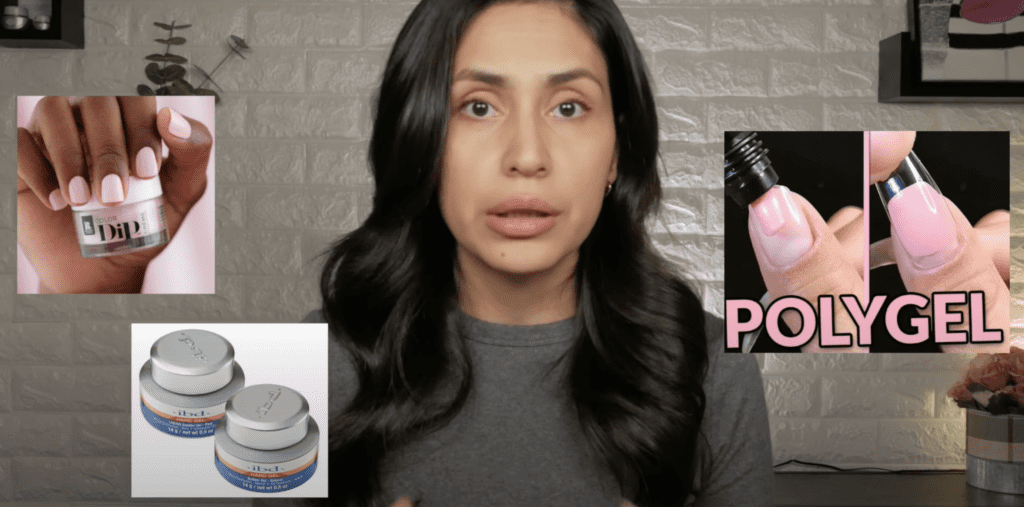
Let’s state this now: All nail enhancements are some form of plastic. Hard products definitely feel like it once they’ve fully cured. Acrylic nails are air-cured and hard gel and poly gel are UV cured. Once cured these are the strongest, most non-flexible enhancements the industry offers.
You can pretty much treat them as a plain prepped wall ready to be decorated, once matted you can most likely put anything on it and it will stick. You can paint, wall decals, epoxies to create texture, grout, you name it. Similarly, you can treat your hard enhancements as hard canvases on which just about anything can be compatible.
Examples:
Mediums that include regular polish, gel polish, soft potted gel, acrylic paint, decals, and many other embellishments.
Again hard enhancements you typically can put anything on top of them without hardly causing any incompatibility issues.
If you’re using some of my favorite brands, AKA Vetro, Lefagel, or Kokoist, then yes you can definitely apply these over your finished hard enhancements. Whether you’re going to do a single color or nail art application, all is well. Just make sure that you either matte the surface of the nail with a coarser grit, before proceeding.
The only soft potted gel brand I would not recommend on top of hard enhancements is Bio Sculpture, this brand is designed to work with natural nails and more flexible products.
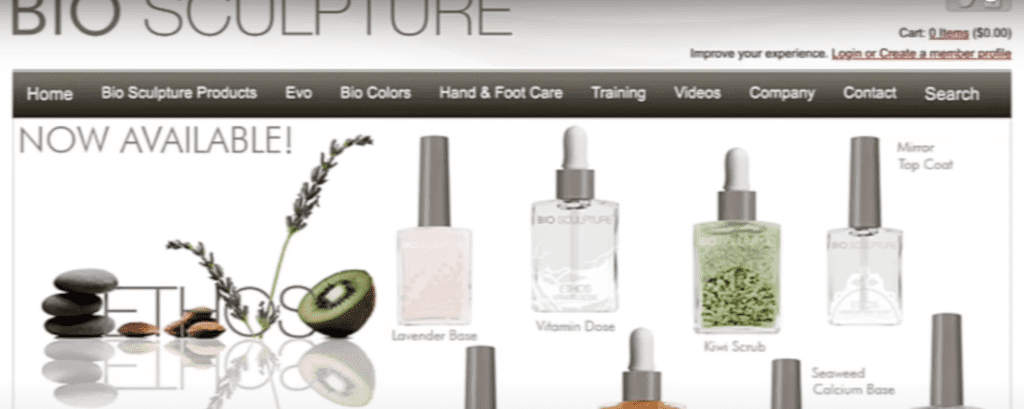
That’s it, you could be a little “extra” if you wanted to, and before moving on to your color or nail art application, lay on a bonder, or a base gel. But generally speaking if you matte the surface with a 180g buffer or file, you are good to go.
Now, let’s talk soft products.
These are nail products that are porous flexible, and typically easy to remove. Products like nail polish, gel polish, soft potted gel, and even full coverage tips.

Nail polish or nail lacquer is typically just mixed with other nail polish products or can be applied on top of your HARD products, like the ones we just went over. You can put nail lacquer over your full coverage tips, although it’s not very popular.
Typically nail pros in the salon will not apply regular lacquer on hard enhancements, and that’s because we want to offer something more long-wearing to our clients and nail polish can wear off at the free edge.
However, if the client or a DIY’er wants to change their color more frequently, then regular nail lacquer is a good option here because they can even do that themselves at home.
One thing to note here is to be careful if you’re changing the nail polish color with acetone on full coverage tips because you probably won’t be able to do it more than one time without softening the tips.
Let me share a hack with you.
Most people do this, especially in the DIY community, that is putting a gel top coat over their regular polish. Yep, it’s possible, but here’s the catch (and this is why it’s not so common with the pros) you have to wait 24 hours, or until your nail polish is fully dried, to apply gel top coat over regular nail lacquer. Otherwise, your polish would be wet underneath the gel topcoat, and most likely lead to lifting.
Next up, gel polish.
Let’s be clear on what I mean by this. I mean formulas like OPI, Shellac, and Gelish.
Why these?
These formulas are intended to apply thinly and wear very closely to nail lacquer, they are thinned down for that purpose.
Absolutely nothing wrong with these products, they are not necessarily low quality, but rather they just are formulated with more solvents to mimic the look and feel of nail lacquer, but of course, with more of a 10-14 day wear period when applied appropriately and on the right clients.
As opposed to the products that we talk about here, soft gel also, but allows you to cater to and customize your application. We’ll talk about these products in just a bit.
So, what products can you mix with gel polish?
No surprise, your gel polish can typically go over your hard enhancements w/o a problem.
Now if you’re a regular here, this is my biggest no-no when mixing soft gel brands: Yes, gel polish (again OPI, Gelish, Shellac) is a soft gel, and so are the brands Vetro, Kokoist, Leafgel, Bio Sculpture, and all of the Japanese ones, but they are not the most compatible together.
I know! You probably can’t believe your ears but I need you to trust me on this one. This is because I’ve actually, tried it myself… for a while… and I stopped doing it simply because of not getting good consistent long-wearing results which are important for client retention.
Ok, but before I dive in, let’s recap gel polish…
Gel polish plays well over hard enhancements (Again acrylic, hard gel, polygel, and even full coverage tips).
Finally! It’s time to talk about soft potted gels!
The gel colors and some tops gels do well over hard enhancements. Many talented acrylic nail stylists use them for nail art, especially character art.
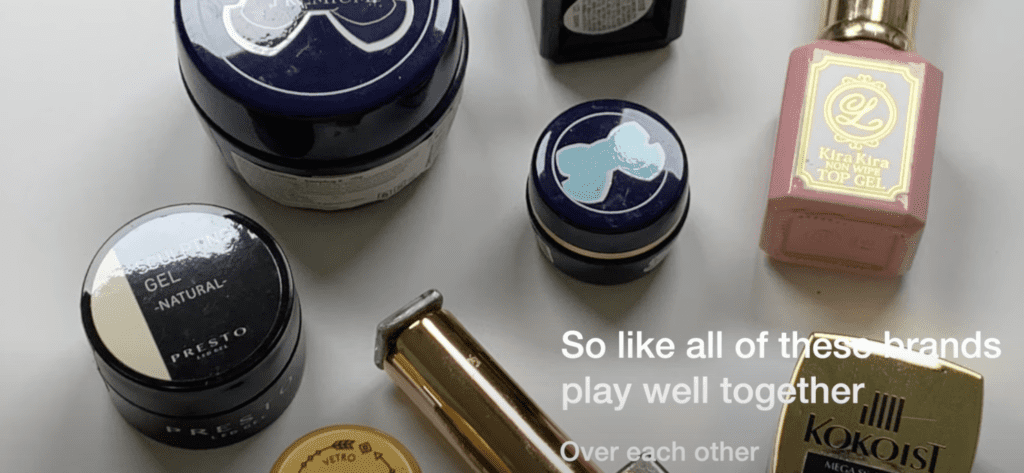
Usually, it’s hard to run into problems when using top gels from brands like Kokoist, Leafgel, and Vetro. For example, I know for sure Kokoist’s Ultra Glossy Top Gel can be used over hard enhancements, not just soft potted gel.
So surprisingly enough, soft potted gel systems don’t typically have incompatibility issues.
Though as previewed earlier, yes, gel polish over soft potted gel systems can cause problems, and that is because soft potted gel systems are flexible products, they flex and bend with the nails.
Gel polishes are thinner, they don’t usually absorb this movement well, they may micro-shatter or wear off at the free edge, or simply not make your entire premium soft gel enhancement feel very durable, it needs that added support and flexibility from its own premium color formulations.
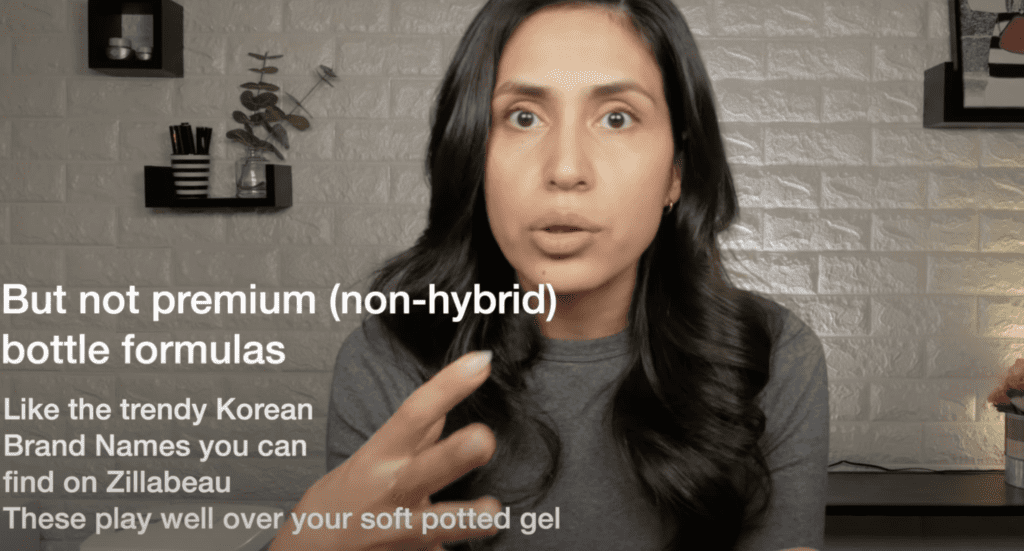
It may come to you as a shock but these are the two systems that I don’t necessarily think work well together. Hybrid gel polishes and soft potted gel nail brands.
Now, I told you earlier about creating safe mixes. Mixtures where you pour things into other things without causing combustion (kidding), incompatibilities, or even more serious, sensitivities.
All I know is that if you want to create your own color variations using that specific brand of gel or if you want to mix in tiny glitters, then you can. Japanese Gel Nail brands are super artsy and most do provide a “mixing gel” formulation. I’m not really sure if it’s more like a base gel or topcoat formulation, but it’s created for the sake of mixing.
Leafgel and Presto Japanese Gel Nail Brands offer mixing gels for this, and you may be also able to use Kokoist’s Art Clear Zero as this is the clear gel in their color pots.
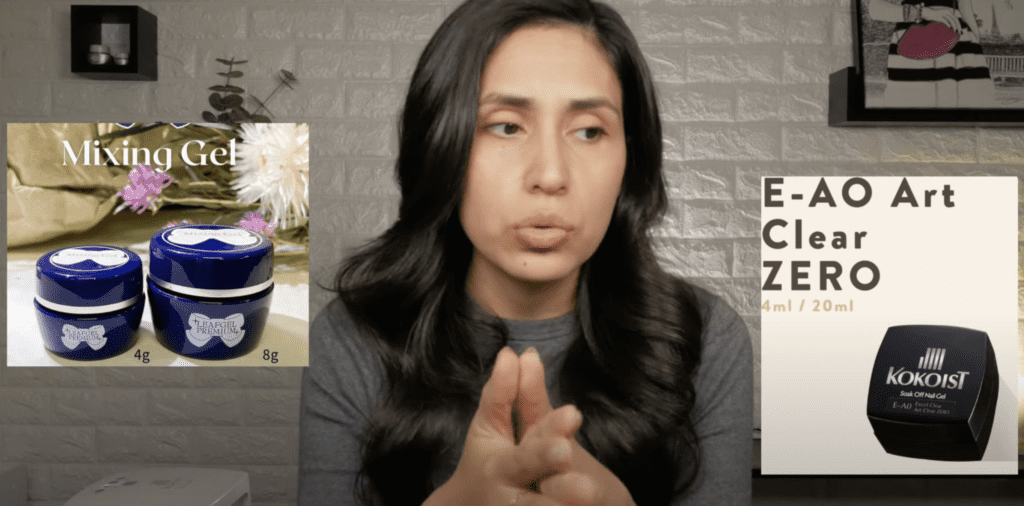
Having said that, I wouldn’t use this mixing gel with any gel color from any brand and start mixing things up. I recommend you take their own colors or to stay on the safe side, use it with tiny loose glitters to create dazzling mixes.
Alright well, this wraps things up for us. I hope you have a better understanding of what and what not to mix in this world of nails.
Thank you so much for staying until the very end, you can find my favorite brands here (Kokoist, Leafgel, fun nail art, code PPN10), and don’t forget that I post topics like this one every week. I hope to see you next week, and bye for now
These blogs are copyrighted material and any use of this blog is not permitted without written concern first. Some of these blogs contain affiliate links that provide us with a small commission when qualifying purchases are made. Thank you for your support that helps us to continue creating valuable resources and content like this.

